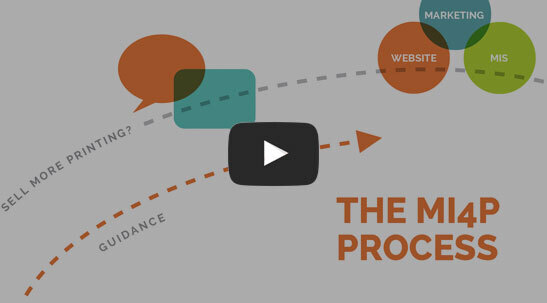Moving Upstream to Solve Problems

What would you do if you saw a young child drowning? Consider this story:
You and a friend are having a picnic by the side of a river. Suddenly you hear a shout from the direction of the water—a child is drowning. Without thinking, you both dive in, grab the child, and swim to shore. Before you can recover, you hear another child cry for help. You and your friend jump back in the river to rescue her as well. Then another struggling child drifts into sight…and another…and another. The two of you can barely keep up. Suddenly, you see your friend wading out of the water, seeming to leave you alone. “Where are you going?” you demand. Your friend answers, “I’m going upstream to tackle the guy who’s throwing all these kids into the water.”
That story is a public health parable (adapted from the original, which is commonly attributed to Irving Zola), and provides the starting point for Dan Heath’s book, Upstream: The Quest to Solve Problems Before They Happen.
We’ve all been there, right? The daily fires and emergencies demand attention. They’re all we see. But sometimes these problems are just blinding distractions that keep us from seeing the real issues.
Ready to get out of that rut? It’s time for some upstream thinking.
Upstream Thinking for Printers
What does upstream thinking look like for printers?
Problem: Sales are slow and you don’t know where your next printing order is coming from.
Downstream thinking says, “I need to offer a discount to get people in the door.” Upstream thinking says, “There’s a new door. I need to enhance my web presence to reflect the entry point current print buyers want to use. I need to ‘open the door’ by making print ordering more accessible on my website.”
Problem: You are experiencing too many abandoned shopping carts on your website.
Downstream thinking says, “I have technology-challenged customers that don’t know how to use my shopping cart.” Upstream thinking says, “I need to review the language that guides the shopping cart experience to make sure nothing is impeding my customers’ progress.”
Problem: You’ve committed to an impossible printing deadline for your customer’s monthly newsletter.
Downstream thinking says, “It’s time to put in some overtime to get the job done.” Upstream thinking says, “This impossible deadline shows up every single month. I’ll create a new service that allows me to proactively assist my customer by allowing them to pre-purchase priority scheduling of this monthly newsletter order.”
A Resource for Upstream Thinking
When you’re ready to develop your upstream thinking, consider Dan Heath’s book, Upstream: The Quest to Solve Problems Before They Happen.
In Heath’s book, you’ll find tools to equip you to wade upstream, solving problems before they distract you and liberating you to provide more value to your team and your customers. Discover three barriers to upstream thinking, seven questions for upstream leaders to consider, and suggestions for cultivating your own upstream thinking.
Remember, we don’t have to stay downstream and deal with issues as they float their way to us. It is possible to use upstream thinking to solve problems before they happen.

